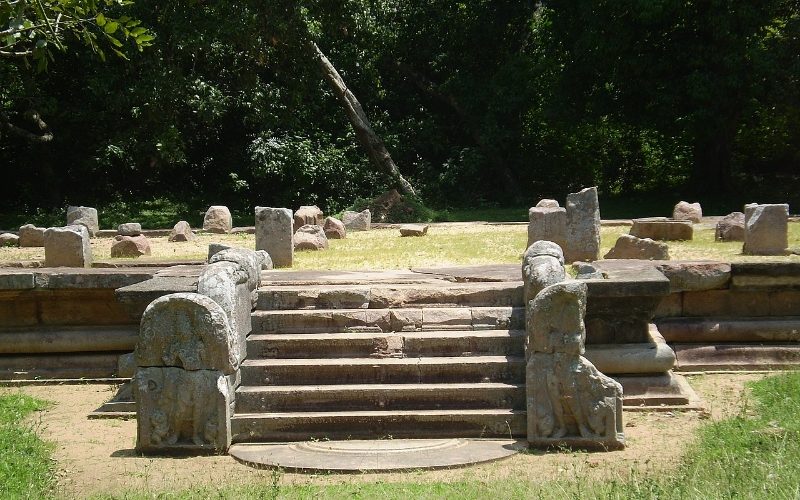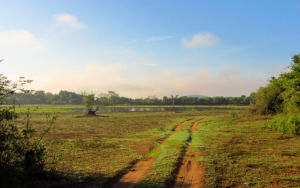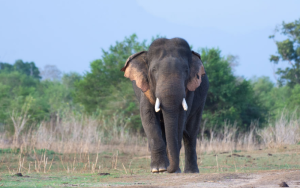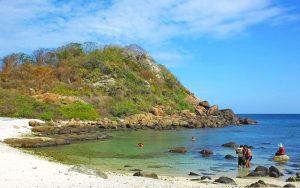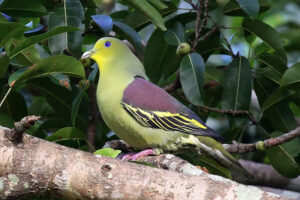Haththikuchchi is an ancient settlement. Sri Lanka’s most important archeological destinations are located in this region, which is a standout among them. It is located close to the Galgamuwa city, in the Kurunegala district of the North Western province, and is easily accessible.
The Hatthikuchchi Archeological Site (also known as Hatthikucchi, Hastikuchchi, HastiKuchchi, and Rajanganaya Ruins) dates back to the 3rd century BC and is one of the oldest archaeological sites in the world.
The Haththikuchchi Viharaya, also known as the Ethkus Vehera, received its name from the fact that there is a large shaking modeled after a stooping Elephant on the grounds, which gave the name Haththikuchchi to the place. The meaning of the name Haththikuchchi in English is that the Hatthi represents the elephant and the Kucchi represents the stomach.
According to legend, after renouncing the throne, King Sirsangabo took up residence in these woods and cut off his own head, which he offered to a villager, who then gave it to King Gotabaya, who had requested that the head of Sirisangabo be delivered to him, fearing that Sirisangabo would depose him and retake the throne. In this sanctuary zone, there are landmarks that can be used to locate his burial.
Haththikuchchi Viharaya is one of the oldest archaeological sites in the world. It is located close to the Galgamuwa city, in the Kurunegala district of the North Western province. The site received its name from a large shaking modeled after a stooping Elephant.
The remains and stone engravings at the site date back to the 3rd century BC and to approximately the 10th century, suggesting that the complex was conceptualized during the same period that Buddhism was introduced to the country by Mahinda Maha Thero.
According to the historical records, there were four fundamental Buddhist religious communities in the country during the early years of its existence. Mihinthale, Sithulpavwa, Dakshinagiri, and Hattikucchi were the four warriors. T
his region has gained prominence in recent years because of its association with King Sirisangabo, despite the fact that it has been a well-developed Buddhist site for more than 1300 years.
Being able to visit this incredible eco-rich site is a little difficult due to the fact that it is located far away from the heavily trafficked main streets.
However, the effort is well worth it due to the fact that there is a give-in complex set among lakes and trees, as well as an entrancing landscape surrounding the site.
The remains and stone engravings at the site date back to the 3rd century BC and to approximately the 10th century. This region has gained prominence in recent years because of its association with King Sirisangabo.
A picture house affected by a characteristic give in with a leaning back Buddha to state may be found at the foot of the harsh mountain. This statue is believed to have been completed during the Kandy period, while the stupa house itself was constructed by the locals at a later point.
The stupa at the summit of the mountain is the oldest and most well-established structure in the complex. A man sprinting with something in his hand is shown close to the weather-beaten stupa in a cutaway shot from the film.
From the summit of the mountain, you may enjoy a spectacular view of the surrounding wildness, which contains a variety of oddly formed stones dispersed across a large area, including a hanging rock that has been unbelievably adjusted on the edge of another stone.
This region is located in a wilderness area, and elephants only come to this region on rare occasions during the dry season.
The town of Haththikuchchi can be reached efficiently via road.
In terms of distance, it is around 42 kilometers from Anuradhapura and 163 kilometers from Colombo.
Stupa at the summit of the mountain is the oldest and most well-established structure in the complex. The region is located in a wilderness area, and elephants only come to this region on rare occasions during the dry season. A man sprinting with something in his hand is shown close to the stupa in a cutaway shot from the film.

